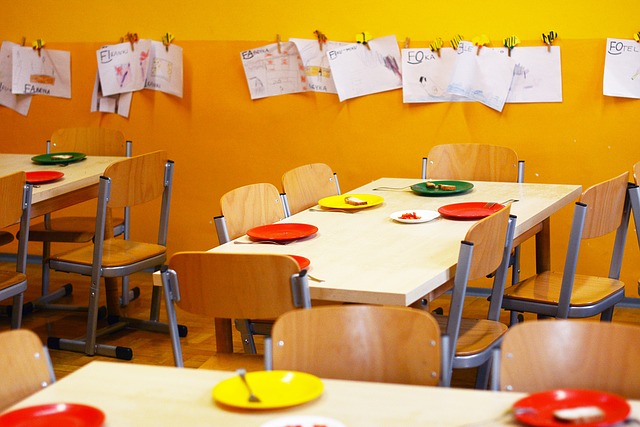
Biologist describe evolution as the process of gradual change in a population that can also lead to new species arising from older species. All species of living organisms—from the bacteria on our skin, to the trees in our yards, to the birds outside—evolved at some point from a different species.
Walt Whitman said All species of living organisms—from the bacteria on our skin, to the trees in our yards, to the birds outside—evolved at some point from a different species.
Everything in life does not remain the same with time, things change from time to time, generation to generation for the purpose of surviving, and also to remain relevant. How did STEAM evolve from STEM education?
STEM Education
STEM is a curriculum based on the idea of educating students in four specific disciplines — science, technology, engineering and mathematics — in an interdisciplinary and applied approach. Rather than teach the four disciplines as separate and discrete subjects, STEM integrates them into a cohesive learning paradigm based on real-world applications.
STEM is a building block to STEAM education
STEAM Education
STEAM Education is an approach to learning that uses Science, Technology, Engineering, the Arts and Mathematics as access points for guiding student inquiry, dialogue, and critical thinking.
STEAM education makes its focus the application of science, technology, engineering and math through art and design
DIFFERENCE BETWEEN STEM AND STEAM EDUCATION
The main difference between STEM and STEAM is the integration of the Art and crafts.
Another way of looking at this is that STEAM educators can help students connect what they learn in these critical areas (STEM) with art practices and design elements.
STEAM is stem plus the Arts… STEAM education is about applying creative thinking to STEM projects, igniting students’ imagination and creativity through the arts. It also exploring where art naturally fits into the STEM subjects.
STEAM is a way to take the benefits of STEM and complete the package by integrating these principles in and through the arts. STEAM takes STEM to the next level: it allows students to connect their learning in these critical areas together with arts practices, elements, design principles, and standards to provide the whole pallet of learning at their disposal. STEAM removes limitations and replaces them with wonder, critique, inquiry, and innovation.





